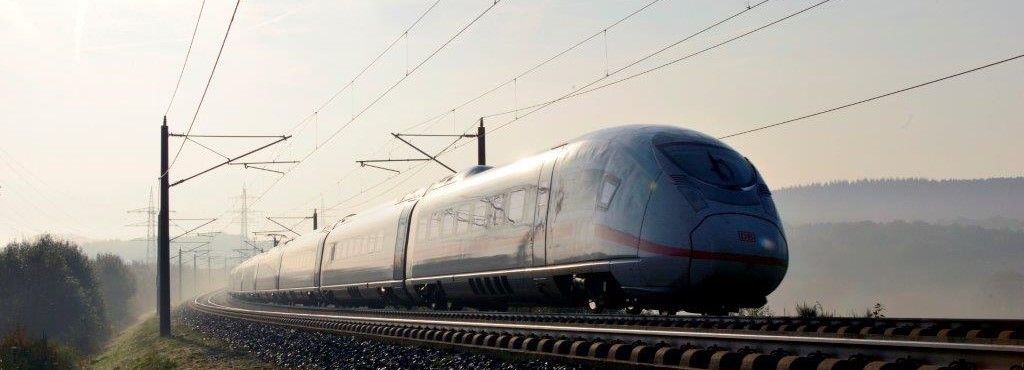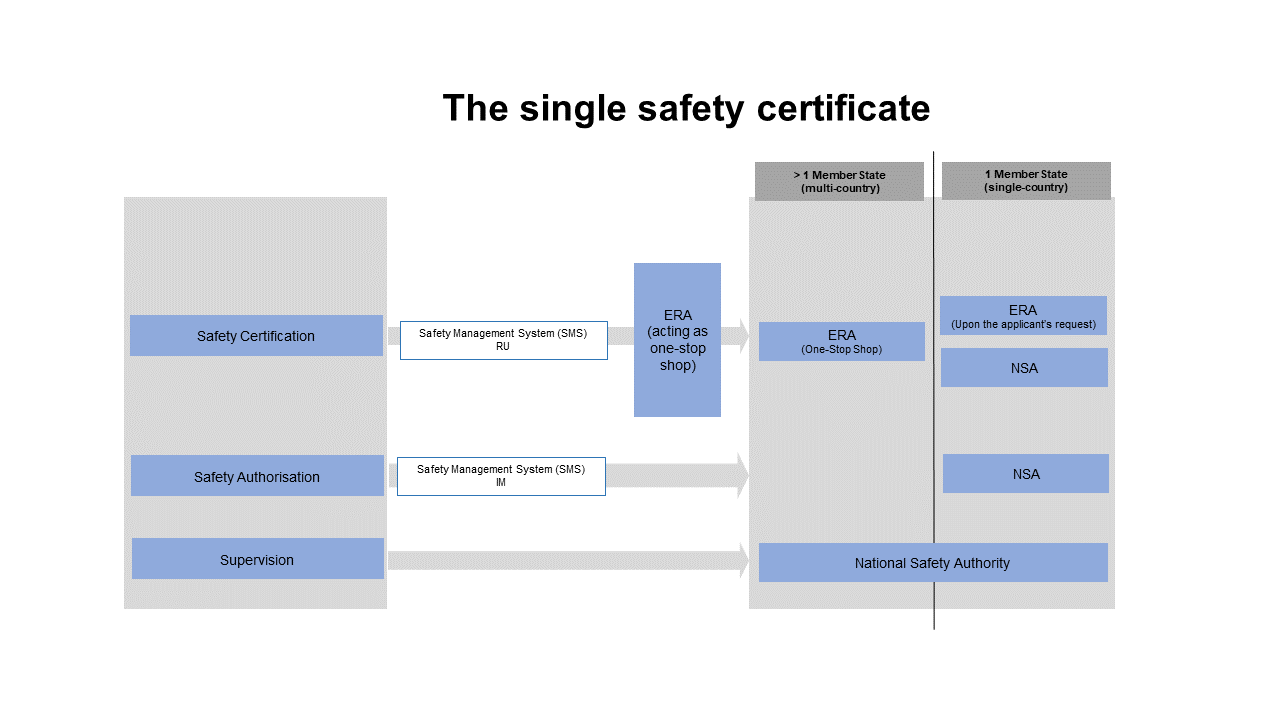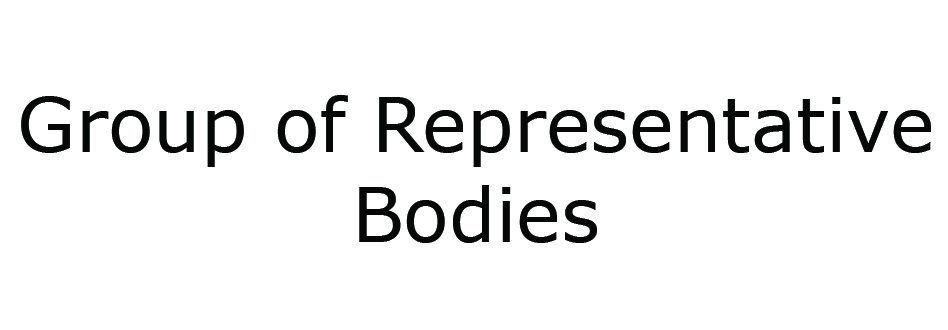4th Railway Package - Guide

Since 1991, the European railway sector has constantly been reformed by the European Union. The 4th Railway Package, which was adopted in 2016 is by far the largest and most complex legal initiative introduced so far. The 4th Railway Package consists of a political and a technical pillar which introduce substantial reforms for all stakeholders concerned.
The Guide below (drop-down menu) illustrates in four different chapters the reforms in the field of vehicle authorisation, safety certification and ERTMS trackside approval as well as the new role of the European Union Agency for Railways as ‘frequently asked questions’. Given the fact that the implementation of the 4th Railway Package is an ongoing process, the Guide will be updated on a regular basis, in line with the progress of the reforms being made on EU level.
Christian Rausch
Chairman of the Group of Representative Bodies (GRB)
- Details
- Written by Super User
- Category: The Safety Directive (EU) 2016/798
- Created: 14 February 2019
- Hits: 3591
The main changes in 2016/798 are summarised below:
ERA:
- the Agency will issue the single safety certificate;
- introduction of a European common occurrence reporting (COR) instrument;
- clarification of the role and responsibilities of the railway actors;
- the supervision role is maintained by the national safety authorities;
- More details can be found in the chapter on the ERA Regulation.

RUs/IMs:
- Directive 2016/798 states clearly that “each actor is responsible for its own part in the railway system”, but the need for corporation between RUs and IMs increases due to the number of interfaces that need to be addressed to ensure a safe railway.
Common Occurrence Reporting (COR):
- The discussions on the common occurrence reporting comprising SAIT (Safety Alerts IT Tool) and SMD (Safety Management Data) are ongoing. A SAIT system was launched by ERA in September 2016 and is available for use, this system will also be developed further. For the SMD system, consultation has taken place over the past year and the options of a tool are currently being defined by ERA. A final solution has not yet been found for the interface between European and national occurrence reporting. The work on common safety methods for common occurrence reporting (CSM COR) will start, based on the RISC mandate, in 2020.

